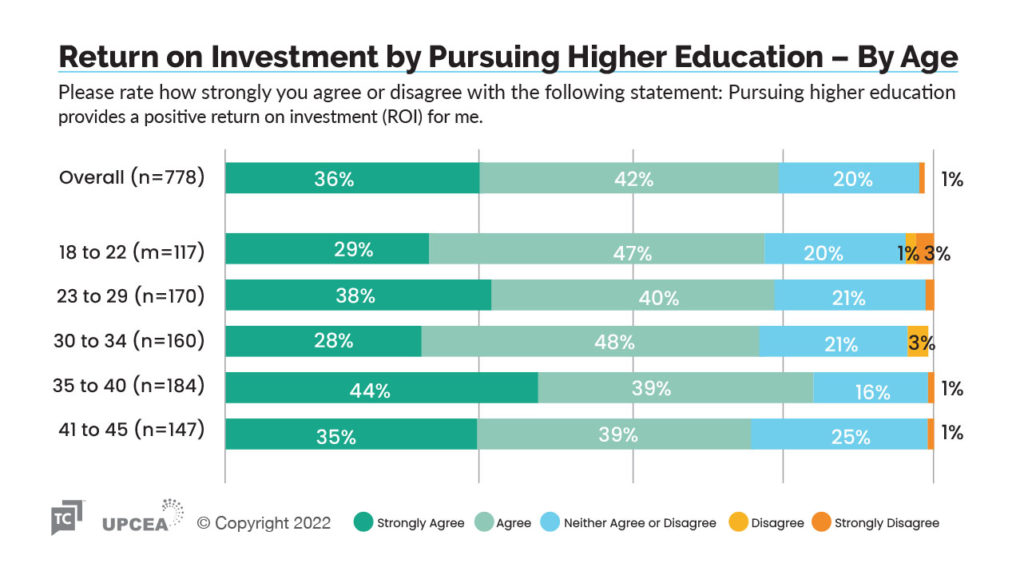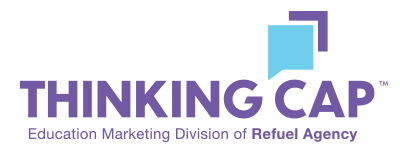The “traditional” (ie, 18-24 year old) prospective student has long-defined college enrollment strategies, but with less traditional students looking for admission it’s about time to start considering the much more elusive nontraditional college students. Nontraditional students are an incredible asset to your school, but they require a more nuanced and strategic marketing strategy than traditional students.
Luckily, we’ve been researching and working with nontraditional students for over 30 years, and we’re beyond equipped to help you crush your nontraditional student enrollment goals.

Read next: Your Guide to the Higher Education Enrollment Funnel
Who are nontraditional students?
When it comes to defining who a nontraditional student is, it’s helpful to start with who is considered to be a “traditional student”. Traditional students are considered young adults between the ages of 18 and 24, who live on campus, are enrolled in classes full-time, and graduate in four years. The term “nontraditional students” encompasses all other students who don’t fit this description—and there are a lot of them. Nontraditional students can fall outside of the traditional age range, enrollment pattern, living situation, and more.
Considering that nearly three-fourths of the U.S. college students can be considered nontraditional, it’s essential that higher education marketers understand the differences between marketing to traditional students and nontraditional students.
Nontraditional students also value education more. According to a 2021 study by Thinking Cap and UPCEA, as age increased of those interested in pursuing higher education, respondents were more likely to agree or strongly agree that higher education provides a positive return on investment.

Key Pain Points for Nontraditional Students
When marketing to nontraditional students, it’s crucial to understand the unique pain points you need to address.
First, nontraditional students are often balancing school and work. While traditional students are enrolled in college full-time, nontraditional students are often working part-time or full-time while enrolled in classes. Additionally, many nontraditional students have caregiving responsibilities thrown into the mix.
Second, nontraditional students are often more aware of the huge investment that higher education can be and are looking for ways to make this investment work for them.
And third, returning to school after a break as an adult can be a challenge. Nontraditional students often have to learn new technology, as well as get accustomed to being in a learning environment again.
Understanding these pain points is essential to crafting marketing strategies that are targeted and effective for recruiting nontraditional students.
1. Create data-driven student personas
A student persona is a representation of an ideal student that you want to enroll, based on the combination of real data about your existing students and market research. They’re especially crucial when it comes to nontraditional students, since this student segment is so varied. Once these student personas are created, they can be used to develop segmented messaging for your advertisements, email campaigns, social media strategies, and much more. Personas help you get into the headspace of your future student segments so you can inspire them to enroll.
A student persona will often include:
- A fictionalized name
- A short biography or summary of the persona
- Demographic information
- Summary of goals, motivations, and challenges
- What sources influence and inform them
- Any relevant quotes from interviews
Read next: How to Create Data-Driven Student Personas for Higher Education Marketing [+ Examples]
2. Streamline transfer credits
The first step to leading a successful transfer recruitment program is to ensure that the transfer process is as easy as possible. The transfer process is notorious for being challenging, as students often lose credits in the process of switching schools. Promoting your transfer credits provides incentive for transfer students to inquire and enroll in your university. Additionally, make online transfer guides and articulation agreements both easily accessible and understandable.
Read next: How to Recruit Transfer Students
3. Offer and communicate flexibility
While adult learners have always valued a flexible learning program that allows them to pursue their education while balancing their careers and families, in a post-Covid landscape—this preference is all but required.
Offering part-time, weekend, or night courses will attract adult students that have personal or work obligations. And offering online courses, if possible for your programs, allows students to learn remotely and take courses they may otherwise have not had access to.
Read next: 7 of the Best Higher Education Marketing Examples to Inspire You
4. Create landing pages for individual programs
Your continuing education program likely has a wide array of course offerings — each with an entirely different target audience. To cater to these target audiences, create landing pages that are specific to each of your programs. Each page should position each program based on the student persona for the program, answers prospective students’ questions, provides all relevant information, and is optimized for SEO so that each page is driving quality web traffic from students researching your programs.
Read next: The Anatomy of a Great Higher Education Landing Page
Are you ready to increase your qualified student inquiries? Thinking Cap Agency is here to help. We leverage our 30 years of experience, data-driven omnichannel solutions, proprietary research, team of specialized experts, and proprietary social media video marketing solutions to drive exceptional campaign results. Contact us today to get started.




